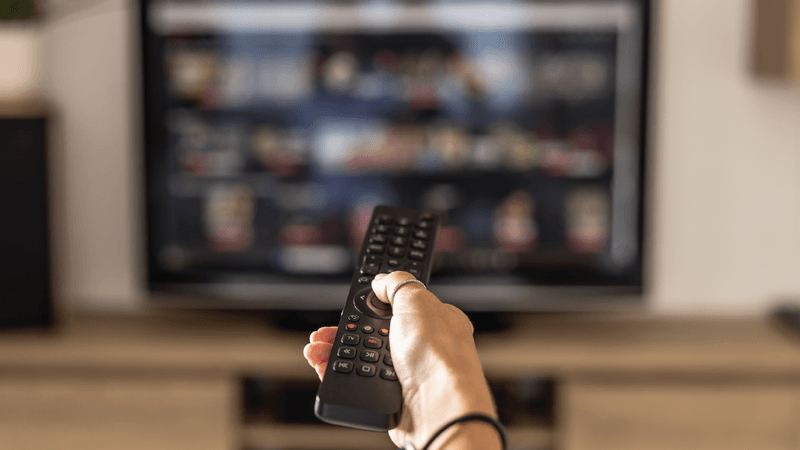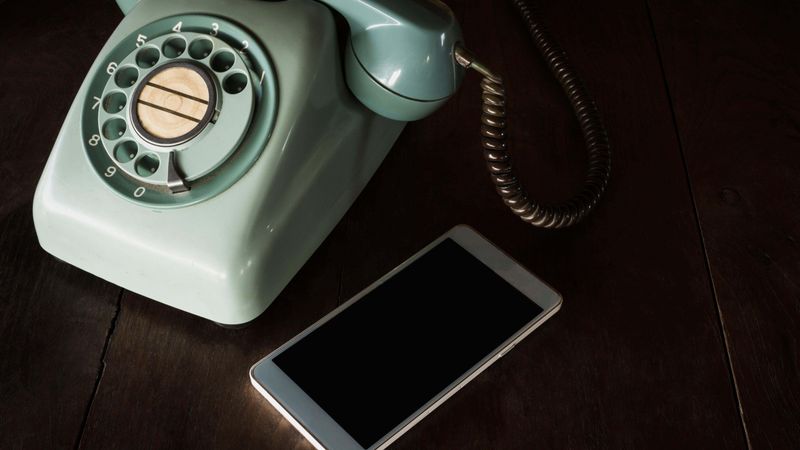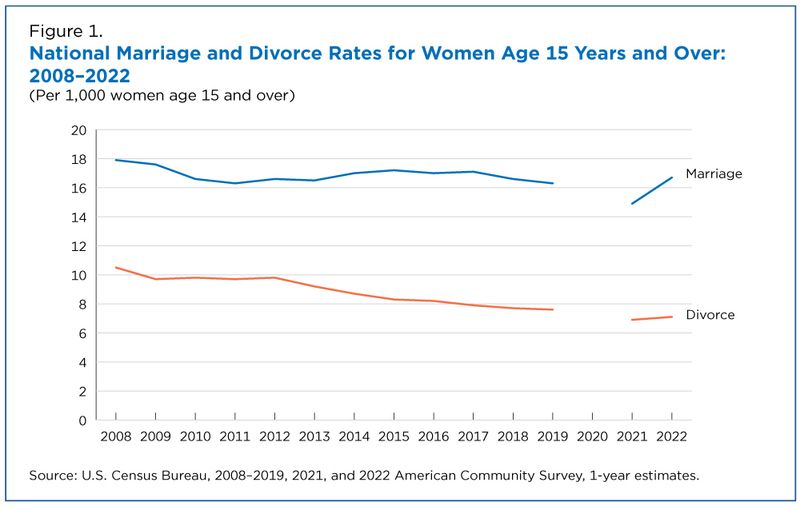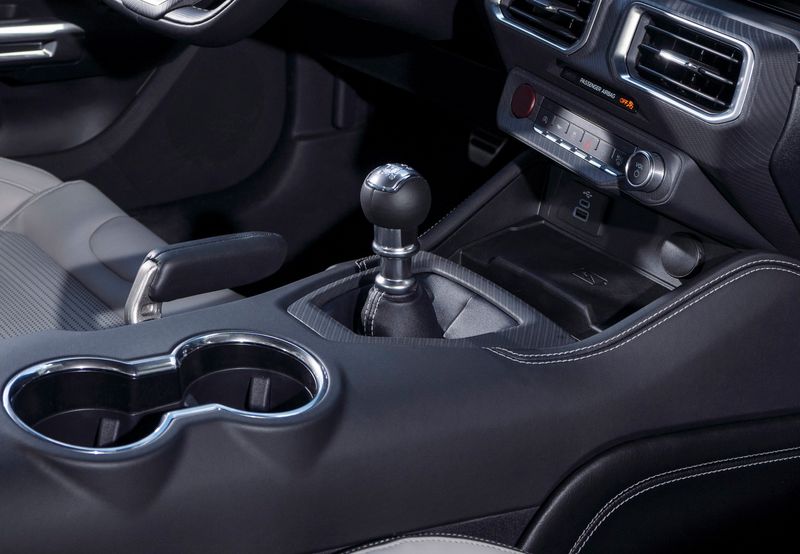Generations often inherit habits, whether they like it or not. Baby Boomers, shaped by their unique historical context, developed certain lifestyle habits that they passed down to Gen X. However, the Millennials, born in a digital age, have shown a clear reluctance to adopt many of these traditions. This list explores twelve such Boomer habits that Gen X inherited but Millennials have largely turned away from, reflecting not only changing times but also evolving values and priorities. From communication styles to technology preferences, each item reveals insights into how societal shifts shape generational identities.
1. Paper Checks

Remember when paying bills meant sitting down with a checkbook and a pen? For Boomers, this was a monthly ritual, embraced by Gen X. Yet, Millennials, who grew up with online banking, find paper checks cumbersome in the digital age.
The convenience of mobile apps and digital transactions offers a seamless alternative. With the swipe of a finger, bills are paid, and money is transferred, often instantaneously.
Despite the nostalgia and personal touch of writing checks, Millennials prioritize efficiency, embracing technology over tradition. This generational shift marks a distinct departure from their predecessors’ ways.
2. Cable TV Subscriptions

Long evenings spent flipping through channels? Cable TV was a cornerstone of Boomer entertainment. Gen X continued this tradition, but Millennials have ventured elsewhere.
With streaming giants offering content on-demand, Millennials find cable subscriptions limiting and outdated. The allure of binge-watching entire series without commercials is irresistible.
Cable’s structured programming seems rigid compared to the freedom streaming services provide. For Millennials, cutting the cord isn’t just about cost; it’s about autonomy over their viewing experience. This trend signifies a broader embrace of digital content and personalized media consumption.
3. Landline Phones

For Boomers and Gen X, landlines were household staples, synonymous with communication. However, Millennials, accustomed to mobile connectivity, often see them as relics.
The rise of smartphones, with their myriad functionalities, has made landlines redundant for many. Instant messaging, social media, and apps offer more dynamic communication methods.
While landlines evoke nostalgia, they lack the versatility Millennials demand. The shift from fixed to mobile communication mirrors a broader technological evolution. Millennials’ preference for handheld devices reflects their on-the-go lifestyle, leaving traditional landlines largely in the past.
4. Department Store Shopping

The thrill of a department store sale was unparalleled for Boomers, and Gen X embraced it as well. Yet, Millennials, nurtured by digital convenience, often skip the trip altogether.
Online shopping giants have revolutionized retail, offering variety and ease from the comfort of home. With endless options just a click away, traditional stores seem less appealing.
The tactile experience of browsing is replaced by digital convenience and efficiency. While department stores evoke memories, Millennials lean towards the immediacy of online shopping, marking a shift in consumer habits driven by technology.
5. Formal Dining

The art of setting a formal dining table was cherished by Boomers, passed to Gen X, but not fully appreciated by Millennials. They prefer relaxed dining, often opting for takeout.
The hustle of modern life makes formal dining seem impractical for many. Casual meals offer flexibility, aligning with the spontaneous nature of Millennial lifestyles.
While formal dining holds a certain elegance, the shift towards convenience reflects changing social dynamics. Millennials prioritize time and experience over tradition, adapting dining habits to fit their evolving world.
6. 9-to-5 Work Hours

The structured 9-to-5 workday was the norm for Boomers, influencing Gen X. However, Millennials, valuing work-life balance, often reject this rigidity.
Remote work and flexible hours cater to a desire for autonomy and a balanced lifestyle. Technology allows for productivity beyond office walls, reshaping traditional work models.
While regimented work hours once symbolized stability, Millennials seek freedom and adaptability. This shift reflects broader changes in work culture, where output supersedes hours, and personal time is highly valued.
7. Print Newspapers

The morning ritual of reading the newspaper was a staple for Boomers and early Gen X. However, Millennials prefer their news digitally.
With news apps and online articles, information is at their fingertips. The immediacy and variety of digital news make print seem outdated.
While newspapers offer tangibility, digital platforms provide real-time updates and diverse perspectives. Millennials’ preference for digital news reflects their need for convenience and immediacy, steering them away from traditional print media.
8. Marriage by Mid-20s

Boomers valued early marriage, a norm inherited by Gen X. Yet, Millennials often delay wedlock, focusing on personal growth and career.
Changing societal norms and career priorities make early marriage less appealing. Millennials prefer to establish themselves before settling down.
This delay reflects a shift in values, where personal fulfillment precedes traditional milestones. The approach to marriage signifies a broader trend towards individualized life paths, contrasting the conventional timeline valued by previous generations.
9. Manual Cars

Driving manual cars was a rite of passage for Boomers and Gen X. However, Millennials lean towards automatics and electric vehicles.
Technological advancements have made driving simpler, aligning with Millennials’ preference for ease and efficiency. Automatic cars offer convenience, while electric vehicles align with eco-conscious values.
The decline of manual driving reflects broader changes in automotive technology and consumer preferences. Millennials’ choices indicate a shift towards sustainability and practicality, leaving manual cars as nostalgic relics.
10. Face-to-Face Banking

Bank visits were a routine for Boomers and Gen X, but Millennials prefer digital banking. The convenience of mobile apps has made physical branches less necessary.
Online banking provides instant access to accounts and services, fitting into the fast-paced Millennial lifestyle. The traditional bank visit seems cumbersome in comparison.
While face-to-face interactions offer personal touch, digital banking meets the demand for immediacy and accessibility. Millennials’ preference for online banking reflects a broader embrace of technology-driven convenience.
11. Formal Dress Codes

Boomers adhered to strict dress codes, a tradition Gen X continued, but Millennials favor casual work attire.
The shift towards informality mirrors changes in workplace culture, where comfort and individuality are prized. Business casual, once an oxymoron, is now the norm.
While formal attire exudes professionalism, Millennials value self-expression and comfort. This trend reflects a broader move towards flexibility and inclusivity in professional environments, challenging traditional norms.
12. Encyclopedia Collections

Encyclopedias were the cornerstone of household knowledge for Boomers and Gen X. However, Millennials turn to digital sources for information.
The rise of the internet and platforms like Wikipedia offer expansive, constantly updated content. Encyclopedias seem static in this dynamic digital age.
While physical collections hold nostalgic value, digital information’s immediacy and breadth appeal to Millennials. Their preference marks a shift in how knowledge is accessed and valued, embracing the fluid nature of digital information.

